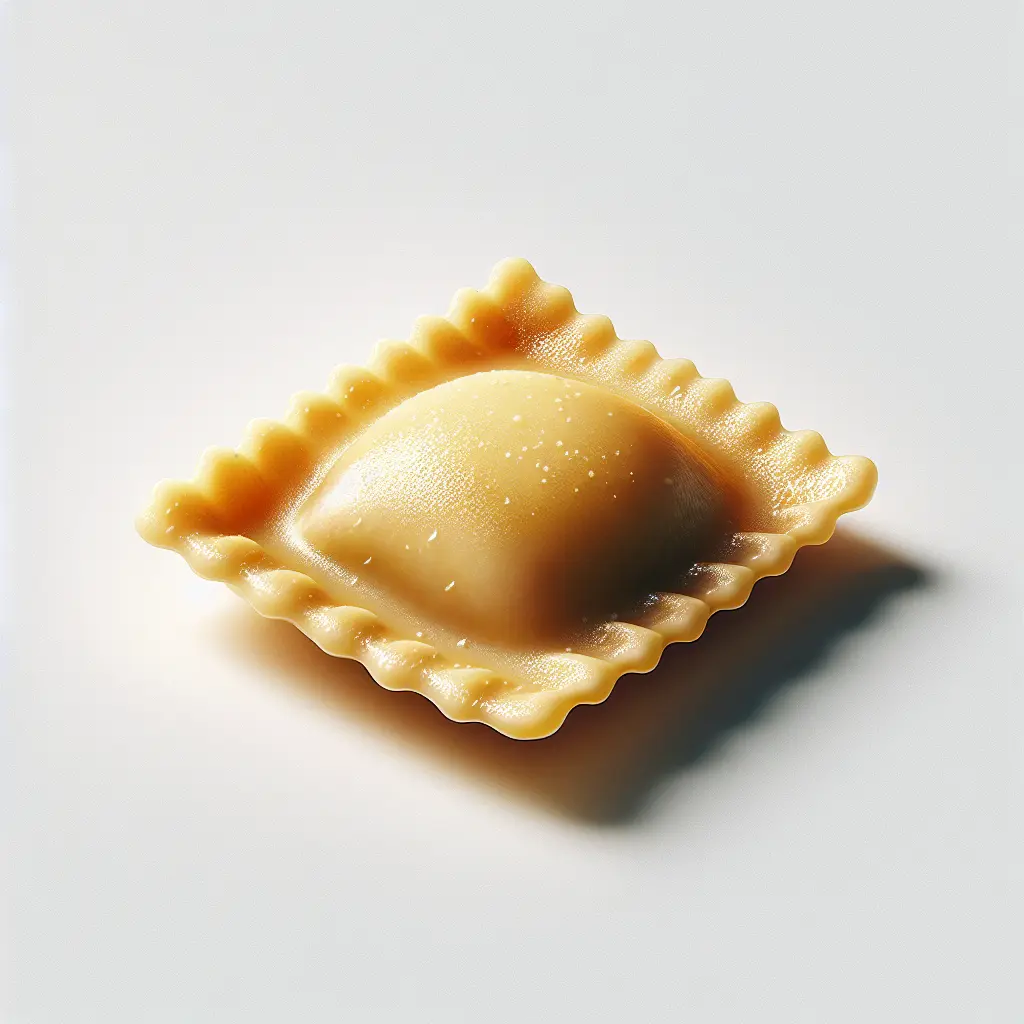Ravioli: A Culinary Masterpiece
Ravioli, a culinary gem originating in Italy, has captivated taste buds for centuries. These delicate pasta parcels, filled with an array of delectable ingredients, are a testament to the artistry and passion of Italian cuisine. Each ravioli is a miniature masterpiece, a symphony of flavors and textures that delights the senses.
Origins and History
The origins of ravioli are steeped in the culinary traditions of Northern Italy. Historical accounts trace their existence back to the 13th century, with early forms known as "raviole" or "ravioli" being mentioned in medieval texts. Over the centuries, ravioli has evolved into a diverse culinary expression, with regional variations and fillings that reflect the rich tapestry of Italian regional cuisines.
The Art of Crafting Ravioli
Creating ravioli is an art form that requires patience, precision, and a keen eye for detail. The pasta dough, typically made from a blend of flour, eggs, and water, is rolled out into thin sheets. These sheets are then cut into squares or circles, which are filled with a variety of fillings. The fillings can range from classic combinations like ricotta and spinach to more adventurous creations featuring seafood, meats, or vegetables.
Once filled, the ravioli are carefully sealed by pressing the edges together. This process requires a delicate touch to ensure that the filling is securely contained while maintaining the integrity of the pasta. The sealed ravioli are then cooked in boiling water until al dente, achieving a tender yet firm texture that complements the richness of the filling.
Flavorful Variations
The world of ravioli is boundless, with countless variations that cater to every palate. Some of the most popular fillings include:
- Ricotta and Spinach: A classic combination that balances the creaminess of ricotta with the earthy notes of spinach.
- Meat Ravioli: Filled with ground beef, pork, or lamb, these ravioli offer a hearty and savory option.
- Seafood Ravioli: Featuring succulent shrimp, lobster, or crab, these ravioli capture the essence of the sea.
- Vegetable Ravioli: A healthy and flavorful choice, filled with a variety of vegetables such as zucchini, bell peppers, or mushrooms.
Serving and Enjoying Ravioli
Ravioli can be served in a variety of ways, each enhancing their unique flavors. They can be tossed with a simple sauce made from olive oil, garlic, and herbs, or paired with a richer tomato-based sauce. Some prefer to serve ravioli in a broth, allowing the delicate flavors to mingle and create a comforting dish.
Health Benefits
While ravioli is often associated with indulgence, it can also offer certain health benefits. The pasta dough is a good source of carbohydrates, providing energy for the body. The fillings can be packed with nutrients, including protein, vitamins, and minerals, depending on the ingredients used. Ravioli can be a satisfying meal that nourishes both the body and the soul.
In conclusion, ravioli is a culinary treasure that embodies the artistry, passion, and diversity of Italian cuisine. From its humble origins to its endless variations, ravioli continues to captivate and delight food lovers around the world. Whether enjoyed as a simple or an elaborate dish, ravioli is a testament to the enduring power of culinary creativity.
How many calories are in Ravioli?
Each 1 ravioli of Ravioli contains 41 calories.
Ravioli Nutritional Information
| Nutrient | Amount per 1 ravioli (23g) |
|---|---|
| Calories | 41 Calories |
| Protein | 2.1g |
| Fat | 1.6g |
| Saturated Fat | 0.9g |
| Cholesterol | 0.0054mg |
| Carbohydrates | 4.5g |
| Dietary Fiber | 0.3g |
| Sugar | 0.1g |
| Sodium | 0.06mg |
| Potassium | 0.0148mg |
| Calcium | 0.028mg |
| Iron | 0.0002mg |
